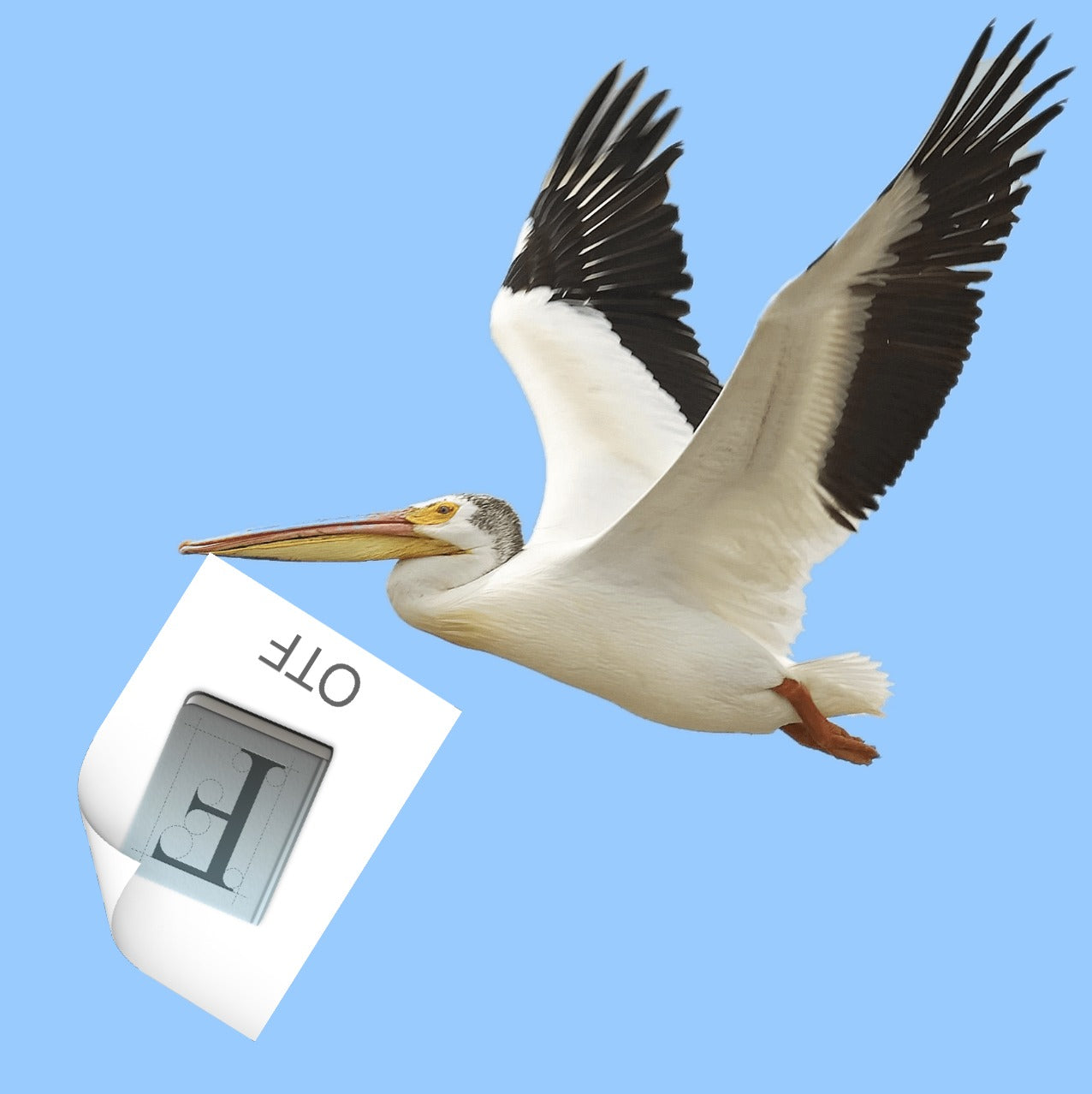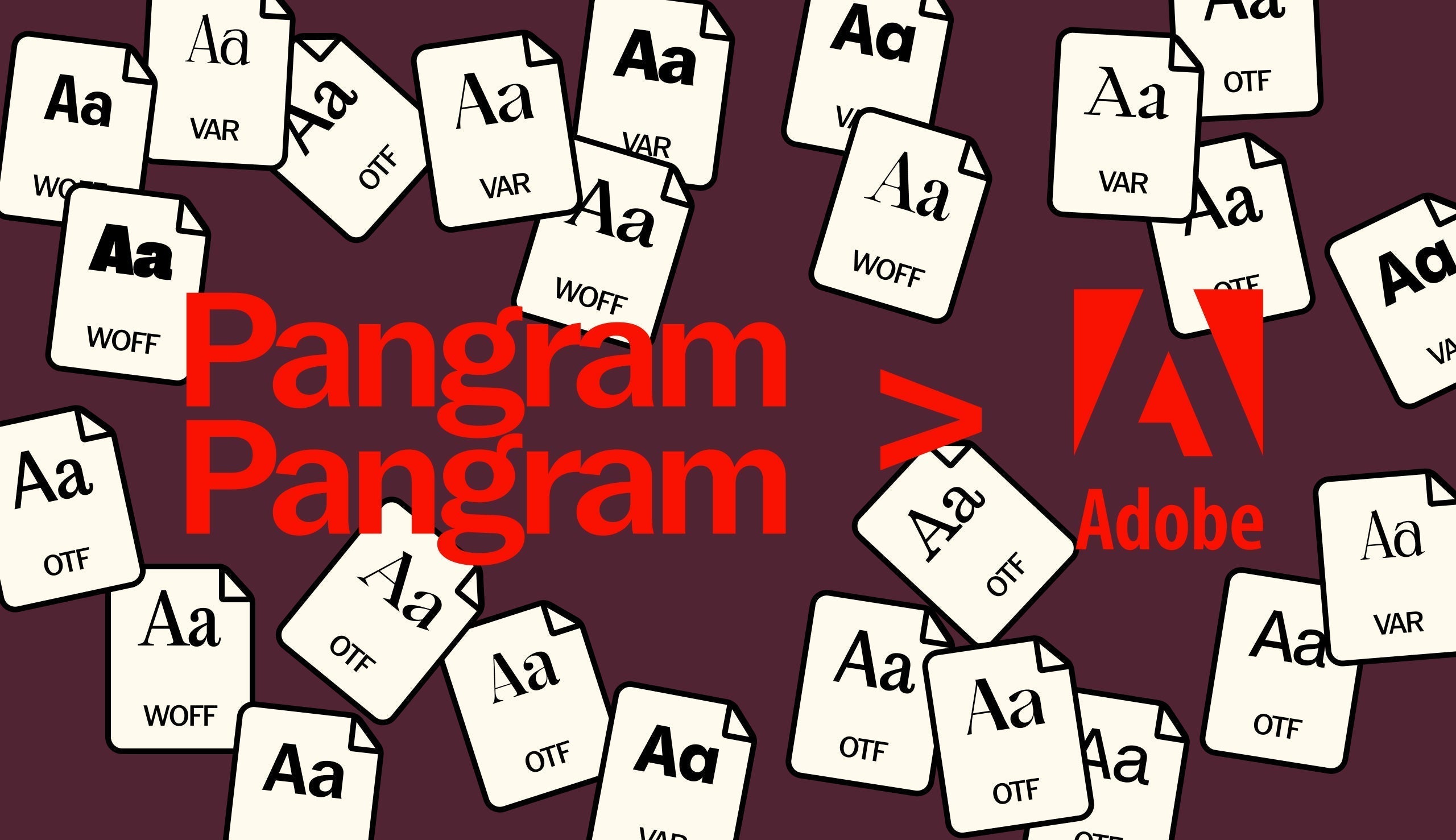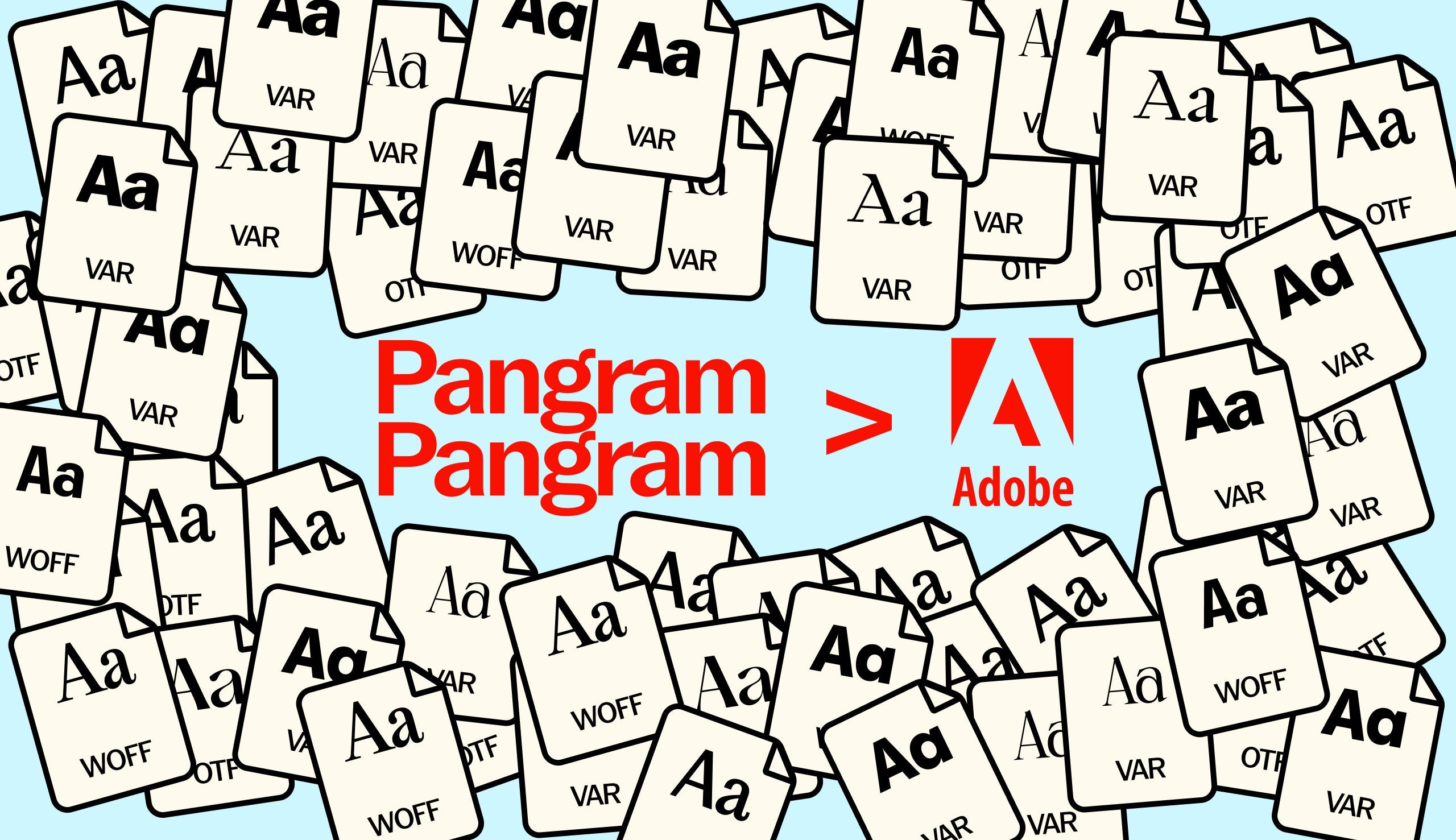If you haven’t been fortunate enough already to know of her or her work, please meet Fabiola Mejía, graphic and type design extraordinaire.
“I got interested in type while working as a graphic designer,” the Costa Rica-born creative tells us, discussing her professional journey, “first diving into lettering through self-initiated projects and eventually falling for it as a result of my growing interest in the study,” a unique research-led practice dedicated to the construction, and history of letterforms.
Fabiola, or Fabi to her friends, then moved to The Netherlands in 2018, where she studied at TypeMedia. “It was really challenging and pretty life-changing,” she recalls, taking this challenge and adversity as lessons to be learned and, before long, Fabi’s creative prowess formed, crafting beautiful typefaces in the process. Soon after graduating, Fabi began working at the Swiss type-foundry Dinamo, where she still continues her commercial work, and founded the remarkable practice, SUPERCONTINENTE, a platform dedicated to Fabi’s independent type design and collaborative explorations.
Upon entering the world of SUPERCONTINENTE, you are greeted by a cartoon world with bulging, blinking eyes watching you as you try the typefaces on offer. Whilst that alone would be enough to sell us on Fabi’s work, underneath this playful and slightly bizarre (in all the best ways) exterior, there is a refined craft and rigour that is evident within her typography, emanating from every glyph.
We’ve spoken to Fabi about her practice, discussing the ins and outs of her indefinable digital/analogue/unusual/sensational typefaces.

Hey Fabiola! Your type design has literally ranged from letterforms carved in stone to variable, digitally-native typefaces. How early in designing a typeface are you considering the space it will be applied, and what do you think analogue and digital type can learn from one another?
It depends on the project. I'd say it's less about the space in which the typeface will be applied (although that's always on my mind) and more about what I (selfishly, I dare to say) want to explore or draw for some reason, and what comes up as I go along. Exploring how analog and digital can inform each other is an important part of this process, it always has been. I try to constantly go from one to the other to see where the two might meet.


One such typeface that bridges this gap is your remarkable black letter Anacoreta. What’s the story behind Anacoreta?
Anacoreta started as a custom hand-drawn title for a fanzine project called by the same name. The idea of making a typeface did not even cross my mind at the time. I sketched without knowing much about rules or blackletter and I believe this was key. It was shortly after graduating TypeMedia that I realized I could make it work in a digital context which made way for a really interesting process.

Similarly, RYM brings together the physical context of embroidery in a pixelated space. What drew you to this contrast?
It happened quite naturally. Embroidery relies on gridding, so when put in a digital context it inevitably takes us to a pixelated space. I was not clear on what the result would be when I first saw the reference on a secondhand book. The letters were very rough, sort of broken—they seemed so “stuck” to these grids. I felt this was something worth looking into. I soon found myself digitizing and obsessing over making these “curves” as smooth as possible within these constraints, until I gave up on the grid and finally cheated :-)


Speaking of your typefaces, they have quite unusual names! How do you decide on what to call a typeface, and is it something that you find yourself overthinking or not?
Ah yes, I always overthink. I generally like to find names that feel rare or unfamiliar, maybe just interesting to me in sound and concept. In this sense, Montiac is the best example. It is a made up word that came to mind as I obsessed over the idea of mounts and mountains since the context felt right for a typeface with such angularity on arches. Even if this is not clear to the public eye, I like that it has its story and feels somewhat personal.

Do you have a favourite typeface that you’ve designed, or is it too difficult to choose?
It is definitely difficult to choose BUT maybe Montiac (particularly the italics) and Anacoreta? Montiac Italics were a big challenge, and I believe I managed to create something that feels fresh to my eye and appropriate for the accompanying upright for which, contrary to the italics, I did have a point of reference. As for Anacoreta, I’m a big fan of blackletter and drawing the typeface was a real learning experience. I think I feel quite proud of contributing to the gothic script field with my own take on it!
You describe SUPERCONTINENTE as an ‘archive of typographic findings tested and polished in graphic landscapes.’ Do you think that type design now is too perfect for its own good, and what’s the greatest lesson you’ve learnt from your historical typographic research?
I think it’s just nice (and healthy) to find comfort in the fact that everything is a work in progress. For me this doesn’t mean you do mediocre work. It means you work as hard as you can with what you’ve got and then find the courage to share it with the world because, when it comes to type, actually seeing it in use is a big part of the learning process. As for the greatest lesson I’ve learnt from my historical typographic research: try to forget what you’ve learnt from your historical typographic research. I like when you don’t have much to go from and you have to figure it out on your own.
Research and type design are often seen as quite solitary practices. Do you find this to be the case, or is your practice more collaborative than one might think?
My practice used to be quite solitary and I think that’s how I managed to arrive at SUPERCONTINENTE. However, shaping it up has definitely been a collaborative process and even more so lately (many things in progress). I would not be here if it weren’t for all the people that have believed in my work/ideas and supported me in putting together SC. I’m forever grateful to them.
What do you think is most misunderstood about type design?
Type design is time consuming but it seems to be perceived as a quick and easy task. It generally takes a lot of effort and diligence to go from an initial idea to a solidly working typeface (a piece of software!).

In your opinion, what do you think makes a typeface successful, and what makes a typeface good?
My definition of success changes with each project depending on what I’m exploring, so I’d say that’s up to each person to figure out. As for what makes a typeface good, in my opinion it’d be when it does its job, hopefully bringing something new to the classic formula? This is hard to put into words!








